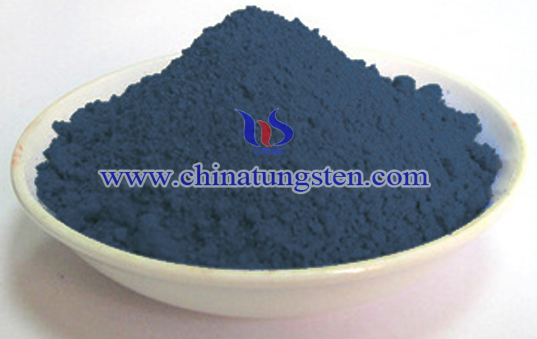BSTN Composite Ceramics with Perovskite and Tungsten Bronze Phases
- Details
- Category: Tungsten Information
- Published on Wednesday, 06 April 2016 18:23
Special compositions of Ba0.7Sr0.3·(1-y)TiO3·yNb2O5 were designed for preparing the BSTN system by the traditional ceramic method. The composite ceramics in which the two phases of the perovskite (BST) and the tungsten bronze (SBN) coexist were successfully prepared by this composition controlled in the excessiveness of some components. XRD and LCR were used to measure the structure and dielectric constants of the composite ceramics. It is found that, in the perovskite (BST) structured system of BSTN ceramics, the second phase SBN starts to appear when the excessive content of Nb2O5 is up to about 6mol%. Similarly, in the tungsten bronze (SBN) structured system, the second phase of BST can also begin to form while the excessive content of (BaO+SrO) is up to about 11mol%.
However, both the perovskite and the tungsten bronze phases formed in a system exhibit the different minorities of Nb2O5 and TiO2 solved respectively with changing the excessiveness. Especially in the case of the two phases being equivalent to each other in BSTN composite ceramics, Nb2O5 is hardly to be solved into the perovskite phase due to shortage of Nb2O5 and excessiveness of TiO2 in composition. However, a few of TiO2 is easily to be solved in the tungsten bronze phase due to excessiveness of TiO2.There is a dual characteristic shown by the perovskite phase and the tungsten bronze phase in temperature dependence curve of dielectric constant in the BSTN. The Curie temperature of the tungsten bronze phase decreases with the increase in solubility of TiO2 in the phase structure. Conversely, the Curie temperature increases with increasing perovskite phase due to the primary effect of the tungsten bronze phase being restricted by a lot of perovskite. The lowest transition temperature between ferroelectric and paraelectric phases in the BSTN is at about 200℃ and it is 90℃ lower than that of the SBN without TiO2 solved in the present work.


| Tungsten Oxide Supplier: Chinatungsten Online www.tungsten-oxide.com | Tel.: 86 592 5129696; Fax: 86 592 5129797;Email:sales@chinatungsten.com |
| Tungsten News & Prices, 3G Version: http://3g.chinatungsten.com | Molybdenum News & Molybdenum Price: http://news.molybdenum.com.cn |



 sales@chinatungsten.com
sales@chinatungsten.com